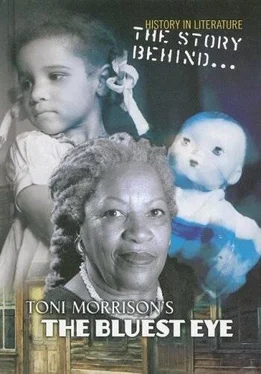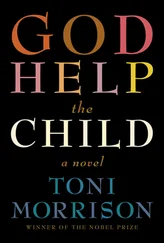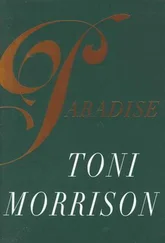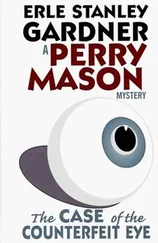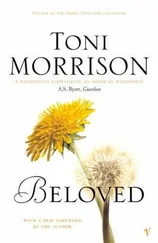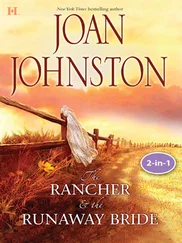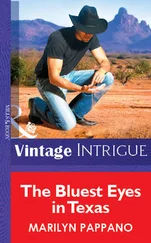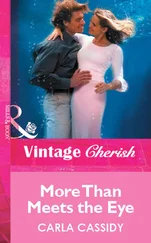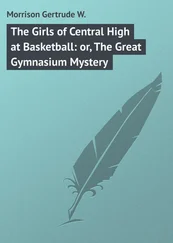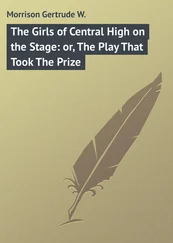First, it was a familiar phrase, familiar to me as a child listening to adults; to black women conversing with one another, telling a story, an anecdote, gossip about some one or event within the circle, the family, the neighborhood. The words are conspiratorial. "Shh, don't tell anyone else," and "No one is allowed to know this." It is a secret between us and a secret that is being kept from us. The conspiracy is both held and withheld, exposed and sustained. In some sense it was precisely what the act of writing the book was: the public exposure of a private confidence. In order to comprehend fully the duality of that position, one needs to be reminded of the political climate in which the writing took place, 1965-69, a time of great social upheaval in the lives of black people. The publication (as opposed to the writing) involved the exposure; the writing was the disclosure of secrets, secrets "we" shared and those withheld from us by ourselves and by the world outside the community. "Quiet as it's kept" is also a figure of speech that is written, in this instance, but clearly chosen for how speakerly it is, how it speaks and bespeaks a particular world and its ambience. Further, in addition to its "back fence" connotation, its suggestion of illicit gossip, of thrilling revelation, there is also, in the "whisper," the assumption (on the part of the reader) that the teller is on the inside, knows something others do not, and is going to be generous with this privileged information. The intimacy I was aiming for, the intimacy between the reader and the page, could start up immediately because the secret is being shared, at best, and eavesdropped upon, at the least. Sudden familiarity or instant intimacy seemed crucial to me. I did not want the reader to have time to wonder, "What do I have to do, to give up, in order to read this? What defense do I need, what distance maintain?" Because I know (and the reader does not-he or she has to wait for the second sentence) that this is a terrible story about things one would rather not know anything about. What, then, is the Big Secret about to be shared? The thing we (reader and I) are "in" on? A botanical aberration.
Pollution, perhaps. A skip, perhaps, in the natural order of things: a September, an autumn, a fall without marigolds. Bright, common, strong and sturdy marigolds. When? In 1941, and since that is a momentous year (the beginning of World War II for the United States), the "fall" of 1941, just before the declaration of war, has a "closet" innuendo. In the temperate zone where there is a season known as "fall" during which one expects marigolds to be at their peak, in the months before the beginning of U. S. participation in World War II, something grim is about to be divulged. The next sentence will make it clear that the sayer, the one who knows, is a child speaking, mimicking the adult black women on the porch or in the backyard. The opening phrase is an effort to be grown-up about this shocking information. The point of view of a child alters the priority an adult would assign the information. "We thought… it was because Pecola was having her father's baby that the marigolds did not grow" foregrounds the flowers, backgrounds illicit, traumatic, incomprehensible sex coming to its dreaded fruition. This forgrounding of "trivial" information and backgrounding of shocking knowledge secures the point of view but gives the reader pause about whether the voice of children can be trusted at all or is more trustworthy than an adult's. The reader is thereby protected from a confrontation too soon with the painful details, while simultaneously provoked into a desire to know them. The novelty, I thought, would be in having this story of female violation revealed from the vantage point of the victims or could-be victims of rape-the persons no one inquired of (certainly not in 1965): the girls themselves. And since the victim does not have the vocabulary to understand the violence or its context, gullible, vulnerable girlfriends, looking back as the knowing adults they pretended to be in the beginning, would have to do that for her, and would have to fill those silences with their own reflective lives. Thus, the opening provides the stroke that announces something more than a secret shared, but a silence broken, a void filled, an unspeakable thing spoken at last. And it draws the connection between a minor destabilization in seasonal flora and the insignificant destruction of a black girl. Of course "minor" and "insignificant" represent the outside world's view-for the girls, both phenomena are earthshaking depositories of information they spend that whole year of childhood (and afterward) trying to fathom, and cannot. If they have any success, it will be in transferring the problem of fathoming to the presumably adult reader, to the inner circle of listeners. At the least they have distributed the weight of these problematical questions to a larger constituency, and justified the public exposure of a privacy. If the conspiracy that the opening words announce is entered into by the reader, then the book can be seen to open with its close: a speculation on the disruption of "nature" as being a social disruption with tragic individual consequences in which the reader, as part of the population of the text, is implicated. However, a problem lies in the central chamber of the novel. The shattered world I built (to complement what is happening to Pecola), its pieces held together by seasons in childtime and commenting at every turn on the incompatible and barren white-family primer, does not in its present form handle effectively the silence at its center: the void that is Pecola's "unbeing." It should have had a shape-like the emptiness left by a boom or a cry. It required a sophistication unavailable to me, and some deft manipulation of the voices around her. She is not seen by herself until she hallucinates a self. And the fact of her hallucination becomes a kind of outside-the-book conversation. Also, although I was pressing for a female expressiveness, it eluded me for the most part, and I had to content myself with female personae because I was not able to secure throughout the work the feminine subtext that is present in the opening sentence (the women gossiping, eager and aghast in "Quiet as it's kept"). The shambles this struggle became is most evident in the section on Pauline Breedlove, where I resorted to two voices, hers and the urging narrator's, both of which are extremely unsatisfactory to me. It is interesting to me now that where I thought I would have the most difficulty subverting the language to a feminine mode, I had the least: connecting Cholly's "rape" by the whitemen to his own of his daughter. This most masculine act of aggression becomes feminized in my language, "passive," and, I think, more accurately repellent when deprived of the male "glamour of shame" rape is (or once was) routinely given. My choices of language (speakerly, aural, colloquial), my reliance for full comprehension on codes embedded in black culture, my effort to effect immediate co-conspiracy and intimacy (without any distancing, explanatory fabric), as well as my attempt to shape a silence while breaking it are attempts to transfigure the complexity and wealth of Black American culture into a language worthy of the culture. Thinking back now on the problems expressive language presented to me, I am amazed by their currency, their tenacity. Hearing "civilized" languages debase humans, watching cultural exorcisms debase literature, seeing oneself preserved in the amber of disqualifying metaphors-I can say that my narrative project is as difficult today as it was thirty years ago. With very few exceptions, the initial publication of The Bluest Eye was like Pecola's life: dismissed, trivialized, misread. And it has taken twenty-five years to gain for her the respectful publication this edition is.
Princeton, New Jersey November, 1993
